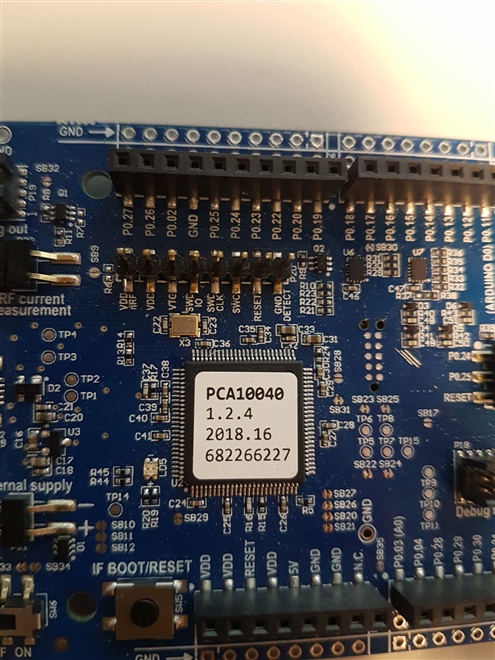When make calls
nrfjprog -f nrf52 --program $(OUTPUT_DIRECTORY)/nrf52832_xxaa.hex --sectorerase
with the intention of flashing the 10040 device, I get the following:
ERROR: The --family option given with the command does not match the device connected
It looks like nrfjprog tries to program the 10028 device (/dev/ttyACM1) and not the 10040 device (/dev/ttyACM0). Is there a way to get around this?
One solution is to use the nRF Connect programmer so I can verbosely select the device, but make is faster.



